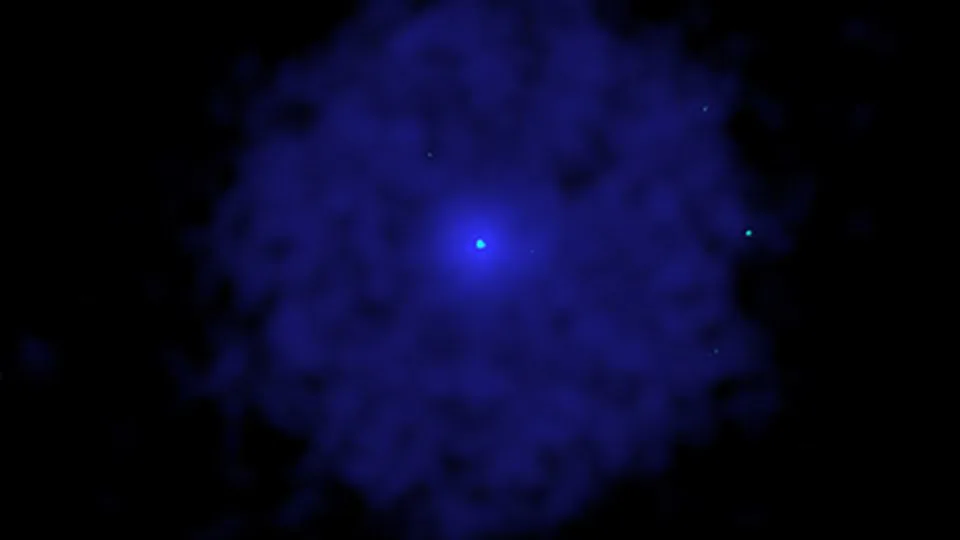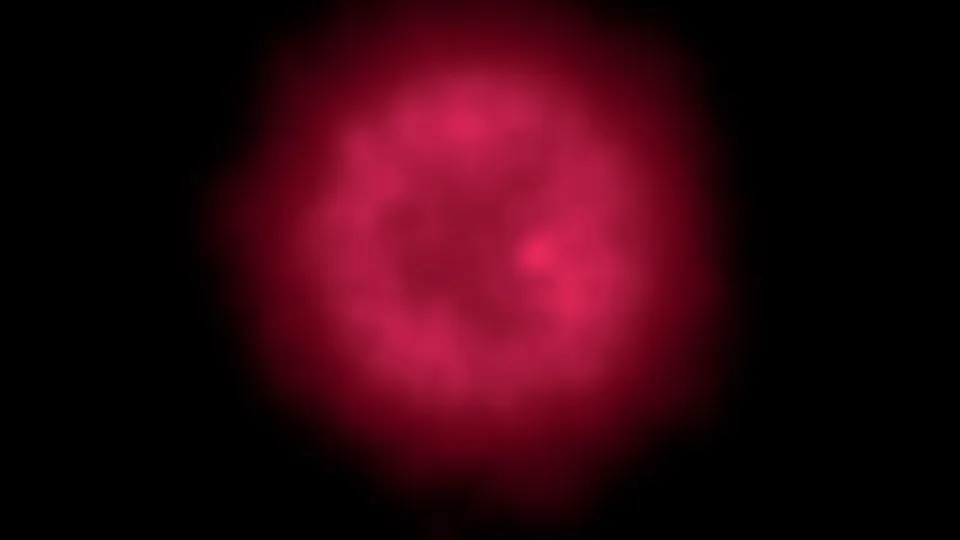– In 1181 AD, a supernova was observed in the night sky for 6 months in the vicinity of the Cassiopeia constellation. It was as bright as Saturn and recorded by Chinese and Japanese astronomers.
– In 2021, astronomers were finally able to pinpoint the remnant of this supernova (called SN 1181) to a nebula in Cassiopeia using ancient records. At the nebula’s center is a white dwarf star.

– A new study modeled SN 1181’s evolution over 800+ years and suggests it was a rare Type Iax supernova caused by a collision of two white dwarfs that failed to fully detonate, leaving a “zombie star”.

– The zombie star at the nebula’s center inexplicably started rapidly blowing stellar winds about 20 years ago. Understanding failed supernovae like SN 1181 can provide insights into other supernova types and star evolution.
– Studying historical supernovae helps astronomers understand how elements were created in the early universe and how they contributed to things like Earth’s formation. SN 1181 presents a unique opportunity to observe a failed supernova over a long period.
Source: CNN









